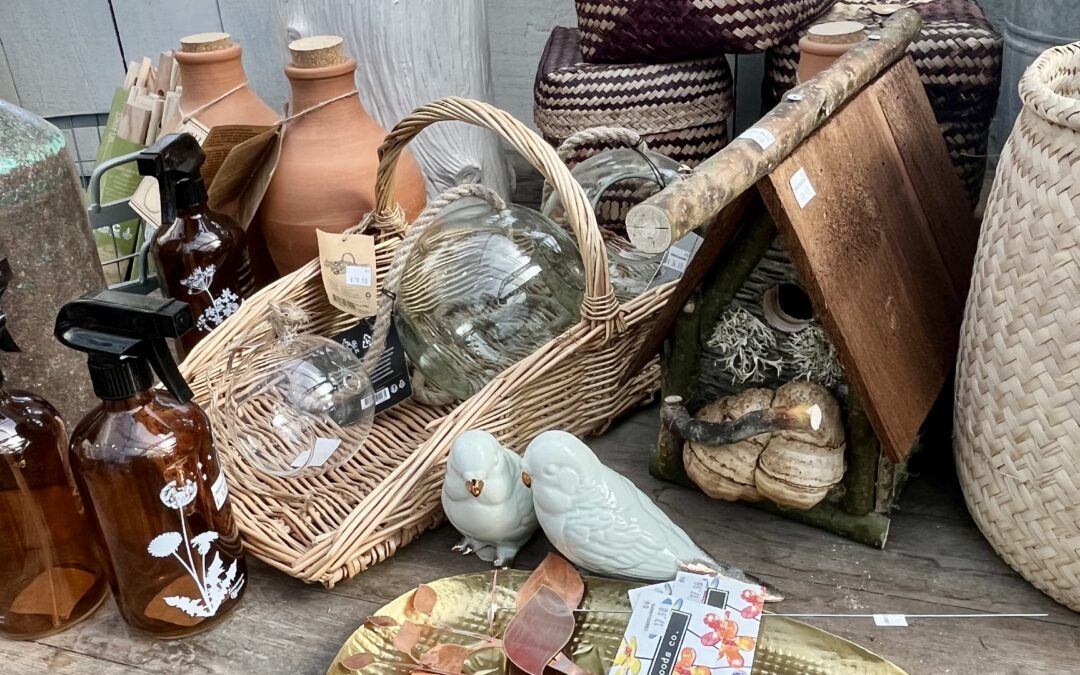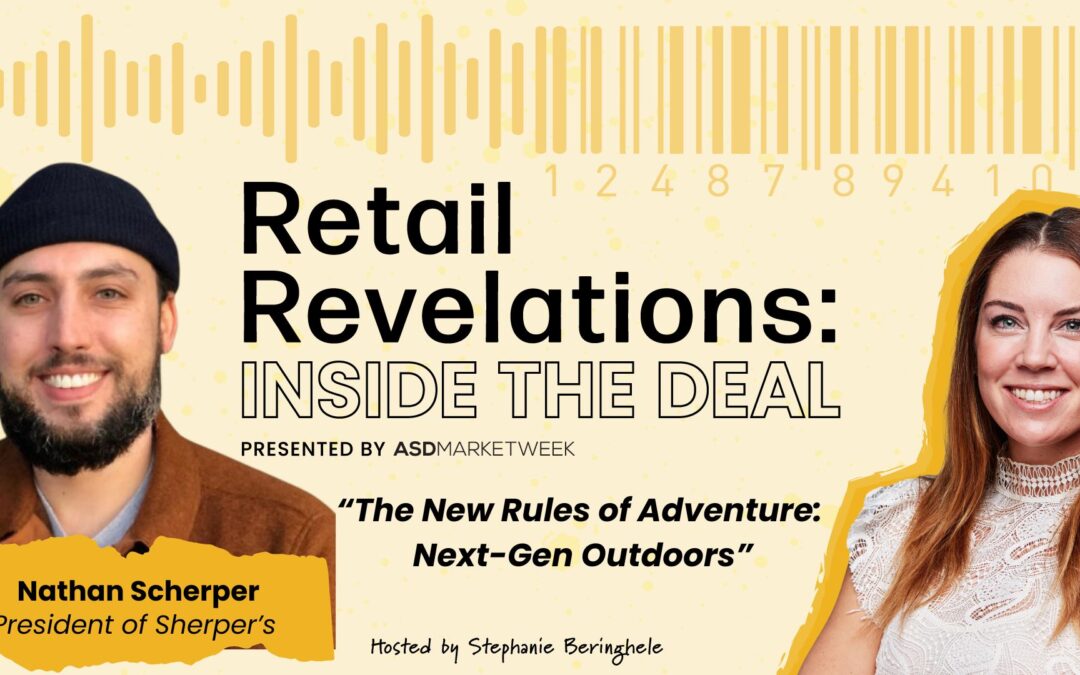In recent years, the fashion resale market has seen a surge in growth. bBy the end of 2022, the U.S. market alone was estimated to be worth around $24 billion, and the global market was estimated to be worth $119 billion.
According to ThredUp’s Secondhand Growth Report, the U.S. secondhand apparel market grew eight times faster, and the global secondhand apparel market grew three times faster, than the global apparel market overall. At the current rate of growth, the total global, secondhand apparel market is set to reach $218 billion by 2026.

Image Courtesy of ThredUp
This has led to a new wave of second-hand shopping, where consumers are investing in high-quality items from vintage stores, thrift stores, and online marketplaces. As a retailer, you can capitalize on this trend to increase your customer base, boost your profits, and stay ahead of the competition.
In this blog, we’ll explore the fashion resale market, the benefits of investing in the trend, and strategies for unlocking the potential of the fashion resale market for retailers.
What is the fashion resale market?
The fashion resale market is the buying and selling of secondhand clothing. This includes vintage clothing, thrift store finds, consignment shops, and resale platforms such as Etsy, Poshmark, The RealReal, and Vestiaire Collective, and peer-to-peer players including eBay, Depop and Thredup. The Boston Consulting Group projects that this coming year we will see more fashion brands try to bring the profits from secondhand resale in-house by launching their own trade-in and resale efforts.

Image Courtesy of ThredUp
But reselling isn’t just for brands, the fashion resale market is a great way for retailers to capitalize on the trend and reach a wider audience. By investing in the market, you can increase your customer base, boost your profits, and stay ahead of the competition.
Benefits of the fashion resale market
The fashion resale market offers a range of benefits for retailers. Here are just a few:
- You can increase your customer base by targeting secondhand shoppers who may not have considered buying from your store before.
- You can boost your profits by selling items at a higher price than they were bought for.
- You can address your customers’ desire to be more environmentally conscious because selling second reduces waste and emission.
- You can increase customer loyalty by offering a range of unique second-hand items of high quality.
- You can stay ahead of the competition by offering items that your competitors don’t have.
- You can increase brand visibility by selling items on online marketplaces and using social media to promote your store.

How to find vintage, antique, and fantastic secondhand merchandise for your store
There are a range of platforms that you can use to sell secondhand clothing. This includes vintage stores, thrift stores, consignment shops, and online marketplaces like etsy, eBay, Poshmark, and The RealReal.

Image Courtesy of ThredUp
Your local antique marts, vintage stores, or flea markets are great ways to find unique and high-quality items that carry at lower price points that you can still achieve a great markup on. Flea markets and seasonal vendor shopping events offer handmade and already refurbished items at very low costs.
Consignment shops are a great way to buy and sell secondhand items. They often have a selection of items from designer labels and can be a great way to find high-quality items at a fraction of the cost. If you buy in bulk, consignment prices are usually negotiable by up to 20 percent off. You can even venture into real life marketplaces like Round Top in Texas.
Creating a plan to capitalize on the fashion resale market
Once you’ve decided to invest in the fashion resale market, the next step is to create a plan. This should include:
- A budget for investing in secondhand items.
- An understanding of the target audience for your secondhand items.
- Strategies for promoting your secondhand items.
- How secondhand items fit into your current merchandising mix and then create killer merchandising displays with new and previously loved goods.
- Services that you’ll offer to make it easier for customers to buy secondhand items.
- A timeline for when you’ll launch your secondhand items.
By creating a plan, you’ll be able to better understand the market and what you need to do to capitalize on the trend.
Store Images Courtesy of Macala Wright and Camille Candella. Shot in Snohomish, WA, Dillon, Montana, and Round Top, Texas.




















0 Comments